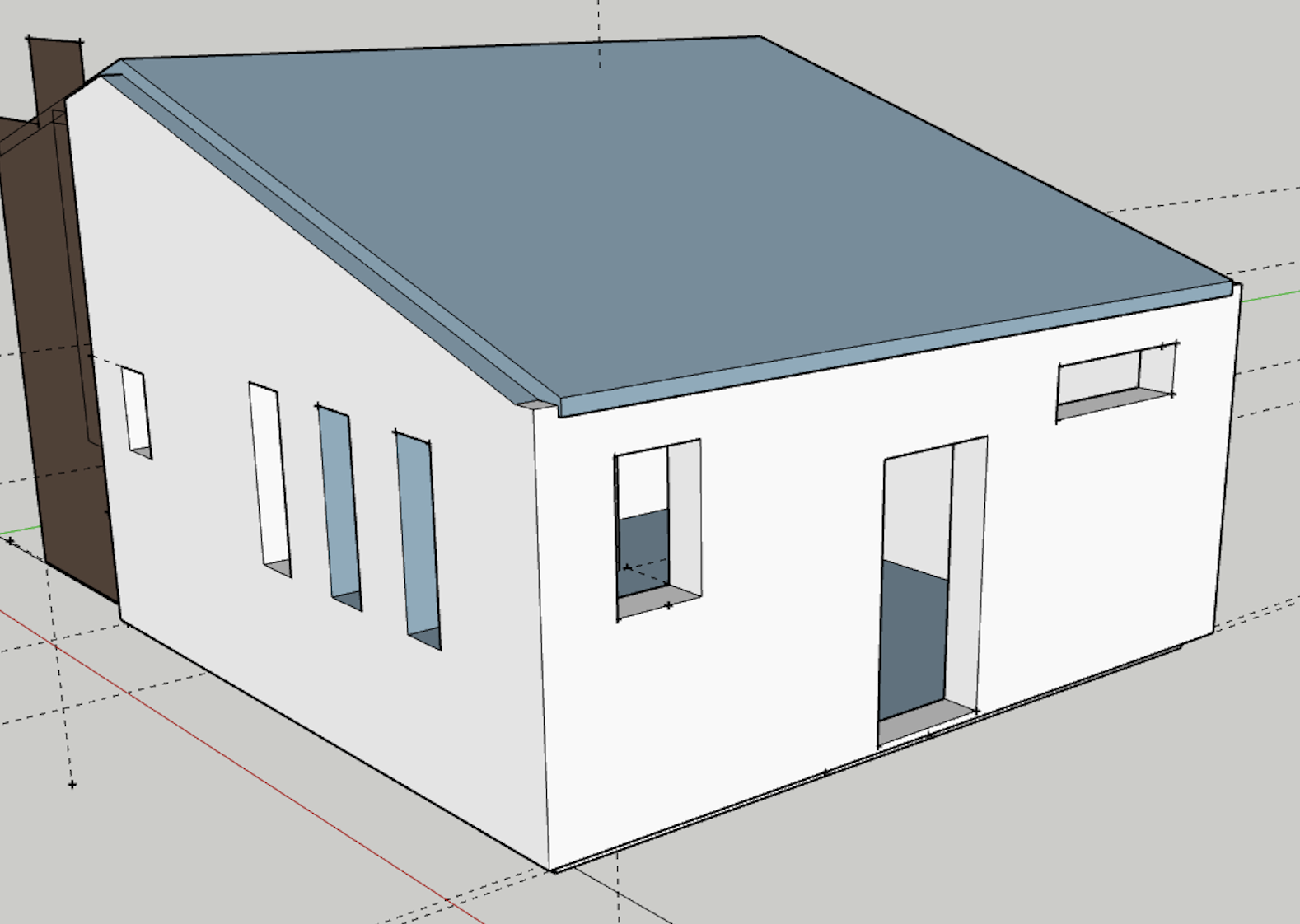
Accessory Dwelling Units
The growing interest in backyard ‘granny flats’ or accessory dwelling units (ADUs) is no surprise. It correlates well with a rapidly increasing population, cost of living increases, housing shortages (and its twin-sibling, higher real estate prices). Low housing inventory leads to escalating home costs which puts home ownership out of reach to more and more aspiring home buyers. At the same time, higher valuation on existing homes makes it easier for existing home owners to secure home equity loans for building an ADU.
The combination of financing and an eager market makes backyard ADUs attractive to many folks (for example, see maxablespace.com). Municipal governments like them too, and in recent years many cities have eased the permitting process in order to facilitate their construction. It seems like an ideal arrangement — more housing (usually as a rental) in urban areas and an additional source of income for the property owner — which in turn can help repay the home equity loan.
Often ADUs are garage-conversions, so they probably already have an electrical line running to the unit. As such they're good candidates for all-electric construction because it saves on a gas-line. Although kilowatt for kilowatt, gas is about 4X cheaper than electricity so it makes sense to design the ADU wisely, right from the start. Design the unit for deep energy efficiency and it’ll save on high utility bills. Heating and cooling demand will be next to nothing when the building envelope is designed right to be thermally robust. The upfront cost for increased insulation and higher quality windows is insignificant when compared to the capital cost of the project. (And don’t forget, utility bills might not be paid by the tenant forever. Many owners like to reserve the option of using their ADU as a guest house or in-laws quarters too.)
Tiny homes tend to be even smaller than the archetype ADU. They are usually constructed new, not via a refurbishment. Often they are mobile but less itinerant than a house trailer. See tinyhouse.com and californiatinyhouse.com The virtue of tiny homes is their price — a retail cost in the 5-figures compared to low 6-figures for ADUs.
So coming back to address the housing issue writ large: ADUs offer a solution for young urban professionals looking for affordable housing near their job, but the bigger problem is the truly homeless, as well as the waves of climate refugees that can be expected in coming years (https://www.unhcr.org/en-us/climate-change-and-disasters.html). A compassionate and affordable solution for supportive housing can consist of communities or camps of tiny homes. Other possibilities include living quarters in converted old office buildings, which would otherwise be empty. And old hotels. The accommodations might not be ideal, but they’ll be better than living on the street. Better for everyone: the (homeless) residents are provided a bootstrap to get back on their feet, and at a cost less than cleaning up after them as street-people (https://economicrt.org/publication/where-we-sleep/); and the long-established residents in nearby neighborhoods won’t complain about homeless people being underfoot.
